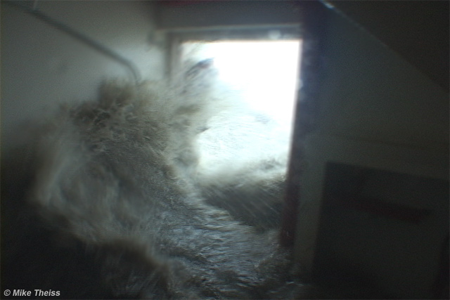
Michael Dwyer
Waves are created by the winds of a storm, literally pushing the water. The stronger the winds, and the longer they blow in a certain direction (fetch), the larger the waves will be. A storm that has strong winds that blow over a long distance in a constant direction will produce the biggest waves. Waves contribute to the shaping of coastlines by a process known as sediment transport, the movement of sand or sediment grains along the coasts. In sediment transport, sand and other particles from one portion of the coast are transported to another section of the coast. The process may occur with wind or water as the transporting agent. This most often occurs through a natural current running parallel to the coastline called the longshore current. Caused by wave refraction and reflection patterns against the shore, the longshore current is essential to the redistribution of the sediments up and down the coast. Summertime waves tend to contribute positively to the beach width by accretion of sediments, while winter waves, typically associated with a stormier climate, will contribute to beach erosion and possible loss of the beach. It must be noted that on occasion, summer waves, from storms such as hurricanes, will contribute to beach erosion.

|
